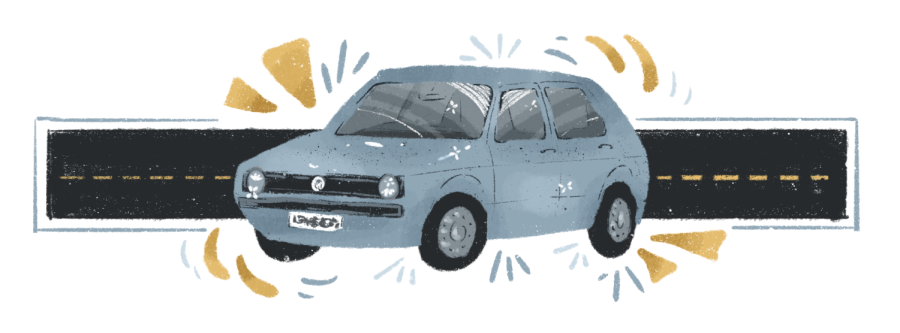UT researchers find how autonomous car features can offset road safety
August 20, 2022
The growing prevalence of autonomous features in cars has the potential to reduce the number of risk factors associated with driving, but a study from UT researchers found that an increase in time spent on the road may offset some of this newfound safety.
The study, published in Transportation Research Part A: Policy and Practice, examined the impact of partially autonomous features, such as backup cameras, blind spot monitors and lane detection sensors, on how much time someone spends driving. The study found each feature increased time spent on the road when compared to cars without these features.
According to Aupal Mondal, a doctoral student and author of the study, autonomous features can greatly reduce risk factors such as speeding, lack of seat belt use and DWIs/DUIs, all of which were identified by Michael Murphy, deputy director of the center for transportation research at UT, as causing an increase in car crashes over the last year.
“When you take away the human element of an autonomous vehicle, it’s likely to be more safe in terms of how the automobile operates on roads,” Mondal said.
However, as drivers become more reliant on these features, they begin to drive more, said Chandra Bhat, a professor in the department of civil, architectural and environmental engineering and an author of the study. This causes an increase in VMT, or vehicle miles traveled, which increases the likelihood of a car crash since more time is spent on the road, he said. The study found all five features that were examined increased VMT by 5% to 11%.
Though widespread use of fully autonomous vehicles is still years away, the study was able to predict trends that will continue into the future. Bhat said he predicts individual car ownership will continue to be preferred over expanding ride-share services, which will contribute to more cars on the road. Additionally, as self-driving capabilities expand, the number of “empty trips” will increase, in which a fully automated car is sent to park itself or pick someone up.
“At the end of the day, humans are going to be the ones who are going to respond to these new gadgets,” Bhat said. “I am a little bit more cautious about these (automated features). These are not by any means the panacea that’s going to take away (traffic) congestion tomorrow.”



